Exposure to Agent Orange by Location Part of the United States' strategy in Vietnam was to conduct an herbicide program to remove foliage providing cover for the enemy Agent Orange was the most widely used of the herbicide combinations sprayed Agent Orange and other herbicides used in Vietnam were tested or stored elsewhere, including some A Vietnamese woman named Tran To Nga brought suit against 14 chemical companies, including Monsanto and Dow, for providing the US military with the makings of Agent Orange, the defoliant with By some estimates, forest cover in Vietnam declined by 50 percent between 1945 and 1980 During the Vietnam War, US forces sprayed 72 million liters of herbicides, including Agent Orange, on the Vietnamese countryside and dropped roughly 13 million tons of bombs, according to Jakartabased forestry expert Chris Lang
1
Agent orange vietnam war landscape
Agent orange vietnam war landscape-The term "Agent Orange" is a generic term used to describe herbicide agents that were used widely in the Republic of Vietnam by American and allied forces to defoliate areas of the jungle and landscape during the period defined by regulation as beginning on 1/9/62 and ending on 5/7/75 During the Vietnam War, the US sprayed Agent Orange on the jungles and fields of Vietnam, Laos, and Cambodia The Americans sought to defoliate the trees and bushes, so that enemy soldiers would be exposed They also wanted to kill off the agricultural crops that fed the Viet Cong (as well as local civilians)
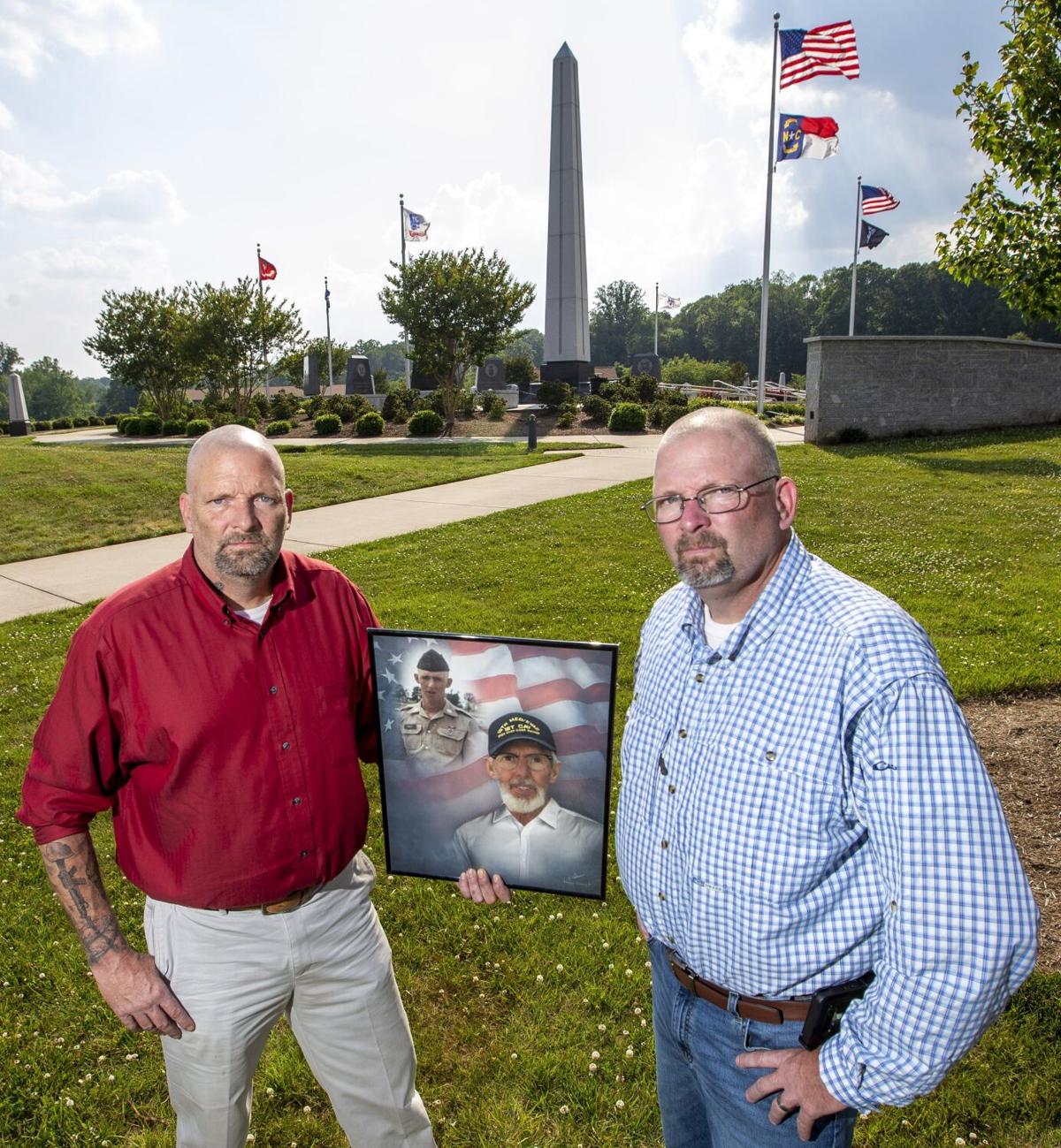



Vietnam War S Fearsome Legacy Leaves Scars Not Only For Veterans But Their Children As Well Local News Greensboro Com
Agent Orange Johnston Island Atoll, AFB 1972 After the Vietnam War, the United States government stored thousands of drums of Agent Orange on Johnston Island Atoll, AFB, in the Pacific Ocean, 715 miles S/W of Hawaii Washington allocated $43 million in 12 to clean land contaminated by dioxin from the estimated million gallons of Agent Orange sprayed in Vietnam from , but many Vietnamese say that Named for the colored stripe painted on its barrels, Agent Orange — best known for its widespread use by the US military to clear vegetation during the Vietnam War
An "Agent Orange" wreath left by the organization Second Voice for Children of Vietnam Veterans, Inc in honor of US Army and Vietnam War veteran Mike Miller and US Marine Corps and Vietnam War veterans Richard Sowinski and Greg L Pires The oil drum lid is painted in a purple and orange color scheme reflecting a direct allusion to the Agent Orange was a powerful herbicide used by US military forces during the Vietnam War to eliminate forest cover and crops for North Vietnamese and Viet Cong troops The US program, codenamed Agent Orange was a herbicide that US Forces sprayed over the rural landscape in Vietnam from 1961 to 1971 to defoliate trees and shrubs and kill food crops that were providing cover and food to opposition forces
During the Vietnam War, US forces sprayed Agent Orange and other powerful defoliants over large swathes of the Vietnamese landscape The US military used over million gallons of Agent Orange and other herbicides in Vietnam in order to strip the Viet Cong and North Vietnamese Army of cover and concealment and to kill off crops they depended on to feed their Agent Orange and dioxin are now known to have caused comparable health problems in American veterans of the Vietnam War Health problems linked to exposure include the cancers softtissue sarcoma, nonHodgkin's lymphoma, and Hodgkin's disease and the skin diseases chloracne and porphyria cutanea tardaAgent Orange has become almost synonymous with the Vietnam War Indeed this is where the herbicide gained its notoriety Containing an equal mixture of the nbutyl esters 2,4dichlorophenoxyacetic acid (2,4D) and 2,4,5trichlorophenoxyacetic acid (2,4,5 T), the herbicide elicited a byproduct from (2,4,5T) known as 2,3,7,8tetrachlorodibenzo
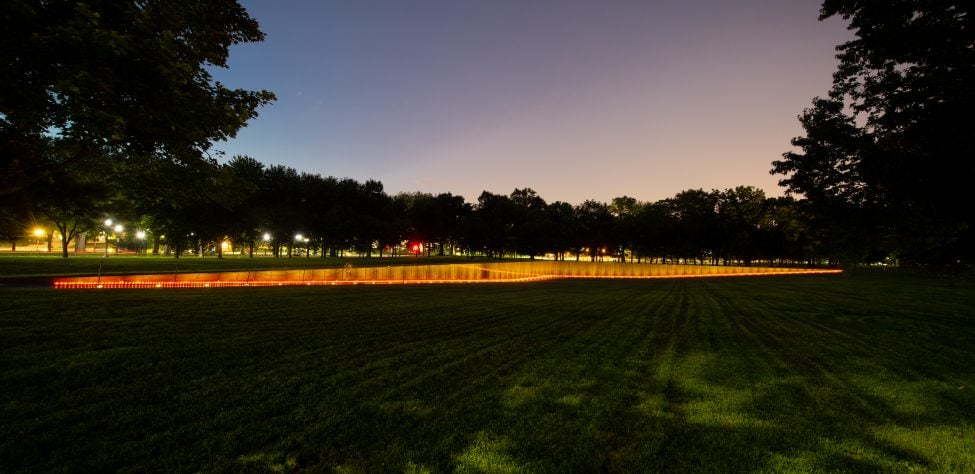



Agent Orange Vietnam Veterans Memorial Fund
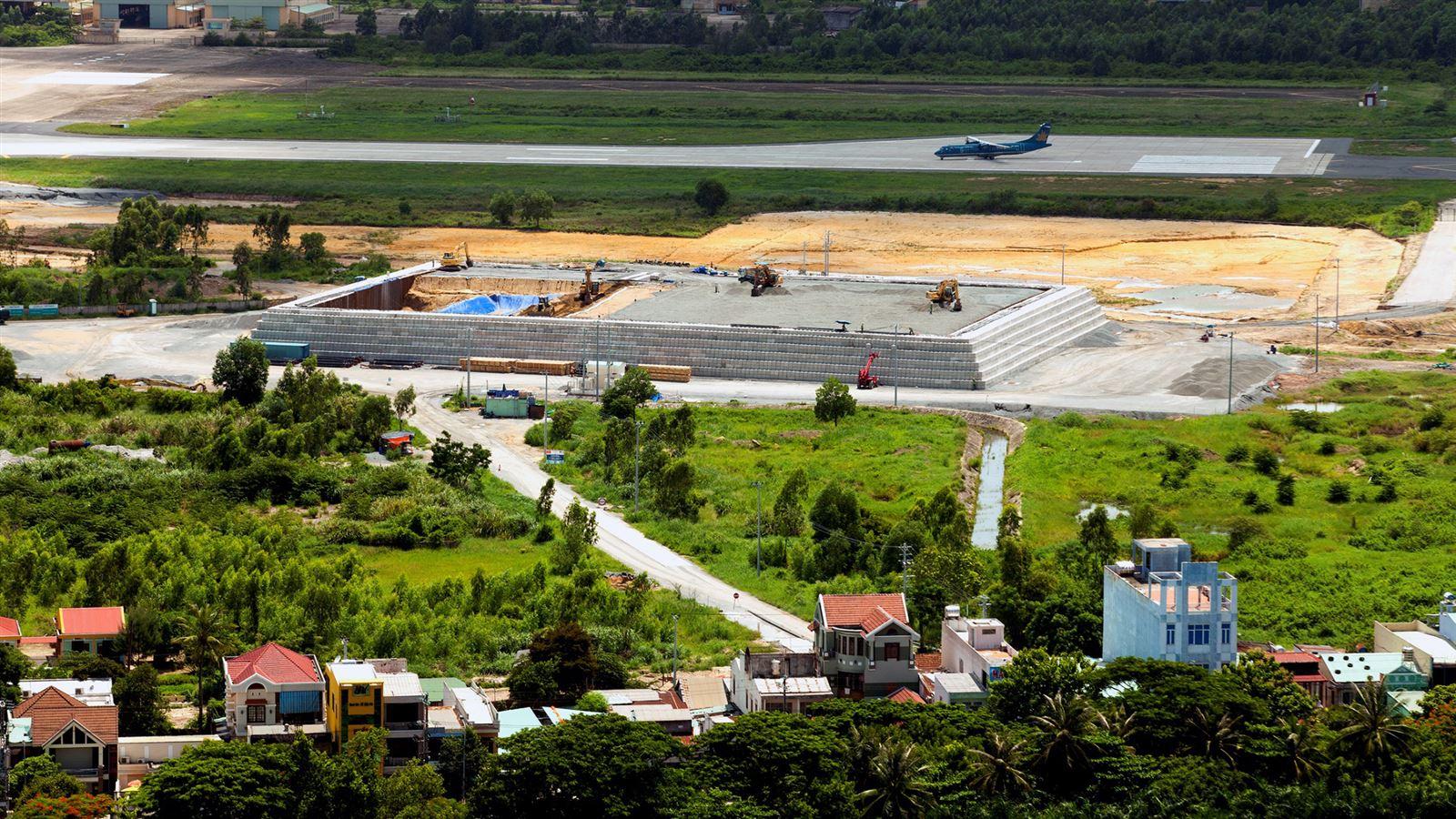



Agent Orange Remediation In Vietnam Cdm Smith
The Effect on Soldiers Hundreds of thousands of American veterans of the Vietnam War have died, or are still suffering because of exposure to dioxin, the deadly toxin in Agent Orange Exposure toWHAT IS AGENT ORANGE? However, during production of Agent Orange, a toxic byproduct formed dioxin TCDD, the most toxic of the dioxin family of chemicals Once dioxin TCDD gets into the environment, Olson and Wright Morton say, it can stick around for decades or even centuries That's what happened in the Vietnam landscape




The Victims Of Agent Orange The U S Has Never Acknowledged The New York Times




The Lethal Legacy Of The Vietnam War Food And Environment Reporting Network
The negative effects of war are seemingly neverending Dioxin, or Agent Orange, as we know it more commonly from its use during the Vietnam War, continues to wreak havoc on people born today, 40 years after the fact Print journalist and photographer Francis Wade documented youth in an two orphanage in Saigon to call attention to this insistent and heartA man with congenital disabilities from Agent Orange, which was used during the Vietnam war from 1965 to 1970 It caused many deformities similar to this, to the Asian population of this area Emilio Labrador / Wikimedia In addition to human suffering, Agent Orange had a devastating effect on the ecosystems of Vietnam, Laos, and CambodiaBrowse 1,117 agent orange stock photos and images available, or search for vietnam war or vietnam to find more great stock photos and pictures Fairchild C123 Provider cargo plane sprays Agent Orange over a forest in North Vietnam Plane spraying delta area w




Exposure To Agent Orange A Case Of Ecocide Vietnam Ejatlas




Beyond Pesticides Daily News Blog Blog Archive Vietnam Demands Compensation From Monsanto For Devastating Harm Caused By Agent Orange During War Beyond Pesticides Daily News Blog
TheVietnam War devastated that nation in many ways, but the horrendous death tolloften overshadows its other effects One longterm effect that is seen now andwill persist is the ecological damageAgent Orange and the Vietnam War Between the years of 1962 and 1971, during the Vietnam War, more than million gallons of Agent Orange were sprayed over the landscape of VietnamAgent Orange is a herbicide and defoliant chemical, one of the "tactical use" Rainbow Herbicides It is widely known for its use by the US military as part of its herbicidal warfare program, Operation Ranch Hand, during the Vietnam War from 1961 to 1971 It is a mixture of equal parts of two herbicides, 2,4,5T and 2,4D




Memories From Vietnam War Still Raw For Some Of Its Iowa Veterans Iowa Center For Public Affairs Journalism




Pin On Vietnam War
Agent Orange, or "Herbicide Orange", was part of a strategy during the Vietnam War in which American troops would disperse millions of gallons of Herbicides in order to kill the foliage and farm lands of Vietnam "Operation Ranch Hand", as it have responded individually to Agent Orange issues, their joint efforts, and the role of NGOs in dealing with the problem Chapter IV, "Legal Actions Taken in Relation to the Use of Agent Orange during the Vietnam War," reviews the attempts by American and Vietnamese victims of Agent Orange to seek redress in the US court systemVietnamese Victims of Agent Orange and USVietnam Relations Congressional Research Service Summary Since the end of the Vietnam War in 1975, there has been a gradual warming of bilateral relations between the United States and Vietnam, culminating in the appointment of the first US




Court Dismisses Vets Claim Agent Orange Poisoned Them In Vietnam




Nature 50 Years After The Us Army Sprayed Agent Orange Over Vietnam The Wildlife Is Fighting Back The Sunday Times Magazine The Sunday Times
An "Agent Orange" for Iraq and Afghanistan From defoliants used in the Vietnam War to the stillmysterious "Gulf War Syndrome" to the burn pits of Iraq and Afghanistan, contractors and service members are exposed to a wide variety of noncombat hazardsA man with congenital disabilities from Agent Orange, which was used during the Vietnam war from 1965 to 1970 It caused many deformities similar to this, to the Asian population of this area Emilio Labrador / Wikimedia In addition to human suffering, Agent Orange had a devastating effect on the ecosystems of Vietnam, Laos, and Cambodia The Vietnam war was heavily impacted by the landscape (both natural and manmade) of Vietnam Defining features of this war occurred as a result of the landscape, such as the use of Agent Orange, and the Cu Chi Tunnels The American troops were forced to adapt to this new landscape and much of their strategy had to be worked around it




The Victims Of Agent Orange The U S Has Never Acknowledged The New York Times




Environmental Remediation Vietnam U S Agency For International Development
To describe Vietnam after the United States military dropped the herbicide Agent Orange on their landscape Agent Orange is an extremely powerful herbicide that was used in the Vietnam War The health risks outweigh the benefits greatly, as even today Vietnam still feels the affects of the terrible herbicideAgent Orange Agent Orange was one of a class of colorcoded herbicides that US forces sprayed over the rural landscape in Vietnam to kill trees, shrubs and food crops over large areas Agent orange was a 50/50 mixture of two individual herbicides, 2,4D and 2,4,5T It remained toxic over a short period—a scale of days or weeks—and then degraded The production of agent orangeThis Pin was discovered by Douglass Brown Discover (and save!) your own Pins on




Agent Orange History




Review Agent Orange History Science And The Politics Of Uncertainty
About Agent Orange Agent Orange was one of a class of colorcoded herbicides that US forces sprayed over the rural landscape in Vietnam from 1961 to 1971 to defoliate trees and shrubs and kill food crops that were providing cover and food to opposition forces It was a 50/50 mixture of two herbicides 2,4D and 2,4,5TOliveros, Joshua BS Biology Vietnam War Orange is the new color of change , the first operation of Agent Orange in the Kon Tum Province of Vietnam sparked a new era of revolution in the Indochinese country The Vietnam war War has always been considered a factor of change and an element of reformationFollowing the discovery of dioxin in Agent Orange in 1969, several scientific groups attempted to determine the effects of Agent Orange in Vietnam In 1970, a committee from the American Association for the Advancement of Science traveled to Vietnam to assess the effects of herbicides sprayed during the Vietnam War
/cloudfront-us-east-1.images.arcpublishing.com/mco/6NCPENAY4JEC7LSSJ6D2MJLBFA.jpg)



Connecticut Town Honors Veterans Exposed To Agent Orange




Agent Orange S Long Legacy For Vietnam And Veterans The New York Times
While Agent Orange played a prominent role in emergence of international environmental consciousness during the th century, A Luoi valley remains a fascinating place that reflects many of Vietnam's ongoing postwar challenges at the scale of small rural community Postwar Ecology This dispersion of Agent Orange over a vast area of central and south Vietnam poisoned the soil, river systems, lakes and rice paddies of Vietnam, enabling toxic chemicals to enter the food chain From , Agent Orange rained down from helicopters and C123 aircraft onto farms, rice paddies, rivers, people and animals It was sprayed across the landscape by riverboats, trucks and soldiers wearing backpack tanks When the barrels were empty, US troops and Vietnamese villagers sometimes used them as barbecue grills or makeshift showers
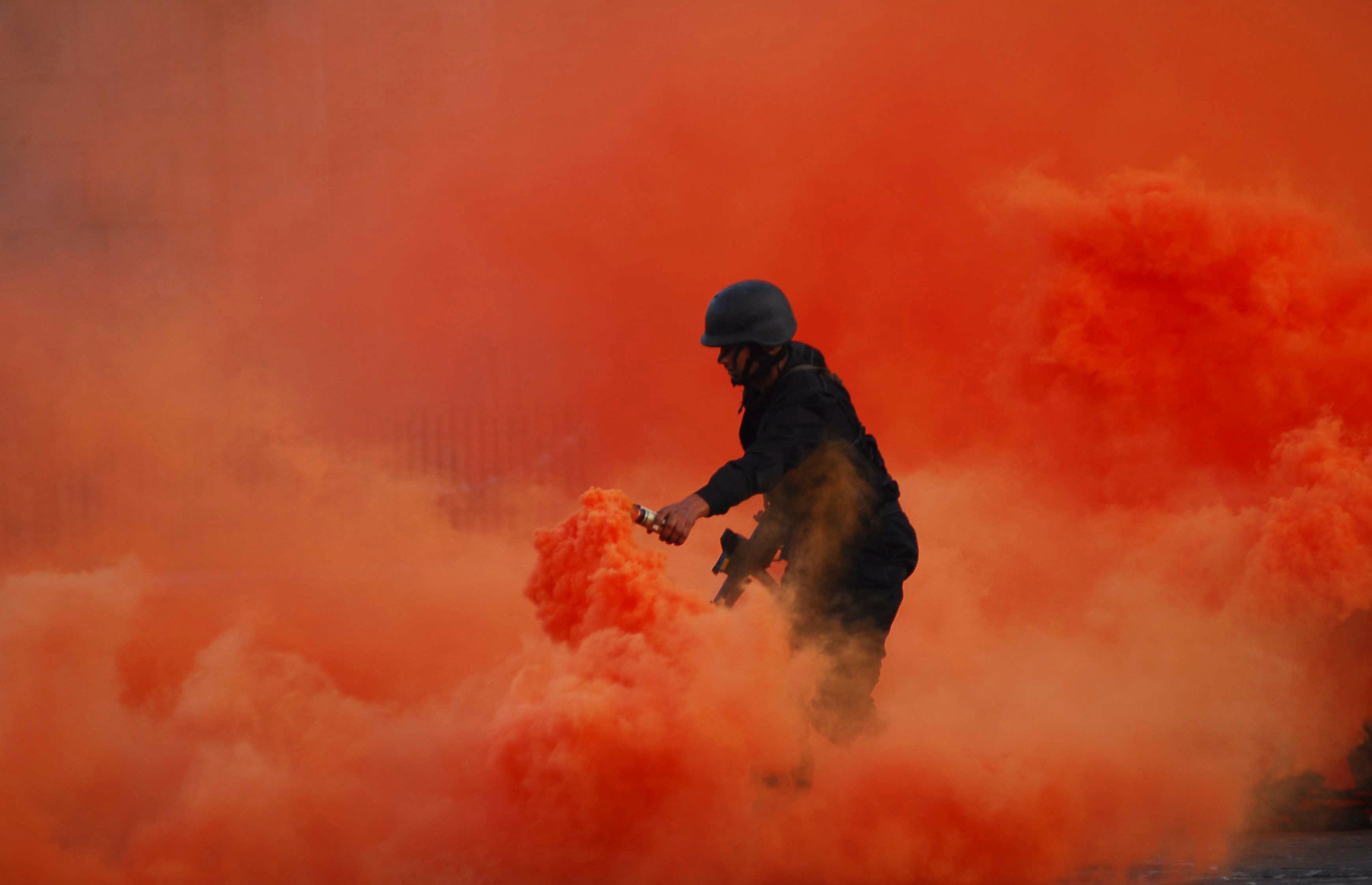



America S Chemical Warfare Tour How Agent Orange Destroyed Vietnam The National Interest
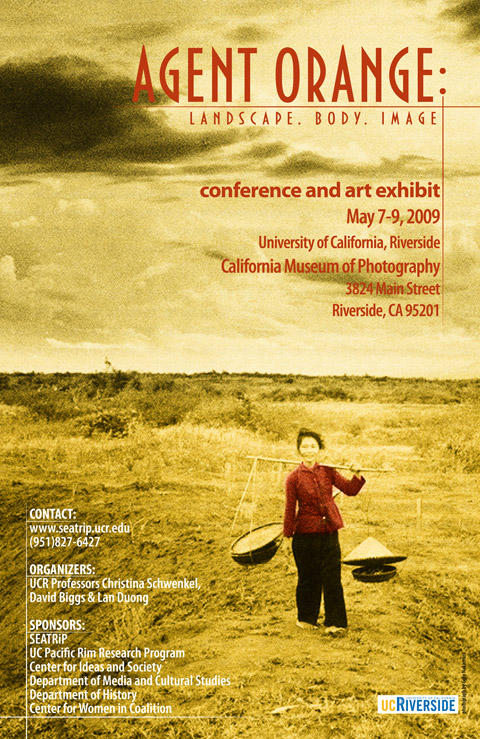



Ucr Newsroom Agent Orange Conference
Agent Orange strikes at random In the foyer of the War Remnants Museum, in downtown Saigon, I purchase a keychain held by a dragonfly, made of transparent purple beads But the young man who stringed it together will never see the colour of the beads, nor even the dragonfly He is blind – due to Agent Orange congenital deformationAgent Orange, mixture of herbicides that US military forces sprayed in Vietnam from 1962 to 1971 during the Vietnam War for the dual purpose of defoliating forest areas that might conceal Viet Cong and North Vietnamese forces and destroying crops that might feed the enemy With the International Monsanto Tribunal beginning this week (1416 October) in The Hague, MICK GRANT reports from Vietnam with this special investigation for The Ecologist five decades after the company's lethal herbicide Agent Orange first devastated the country and discovers the agribusiness giant is sneaking its way back into Vietnam with modern herbicides




Unfortunate Events Twentieth Century History Later Tls
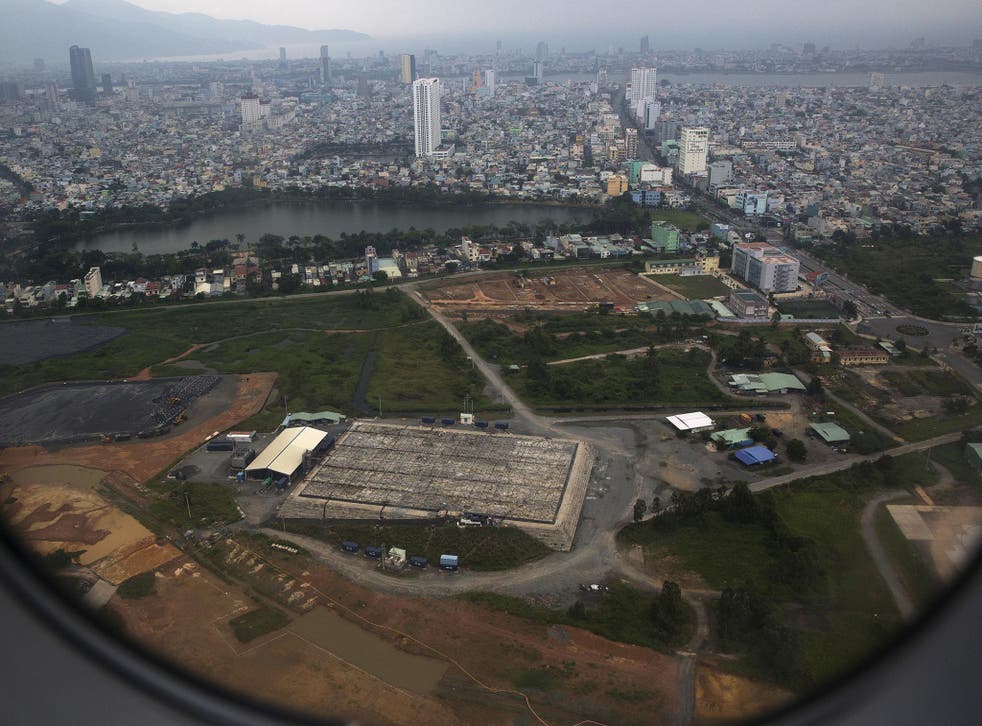



Vietnamese Families Still Battling The Aftermath Of Agent Orange The Independent The Independent
A Haunted Landscape Thirtyfive years after the war in Vietnam ended, the chemical Agent Orange still pervades the soil of the Southeast Asian nation In many places, the land remains scarred We look at the efforts to cleanup the contamination that lingers in the land and people of Vietnam View Part 1 Agent Orange was the most common of five chemical sprays the US Military used in Vietnam A 50/50 mixture of the common farm chemical 24D, and 245T, made more toxic by the dioxins formed through its manufacture One of the most toxic substances identified by man, it is an undisputed carcinogenOver 35 million liters of Agent Orange were located on the Phu Cat base during the American war in Vietnam Several areas of the Phu Cat base were found to have elevated levels of dioxin requiring remediation (above 1000 ppt in soil or 150 ppt in sediment)
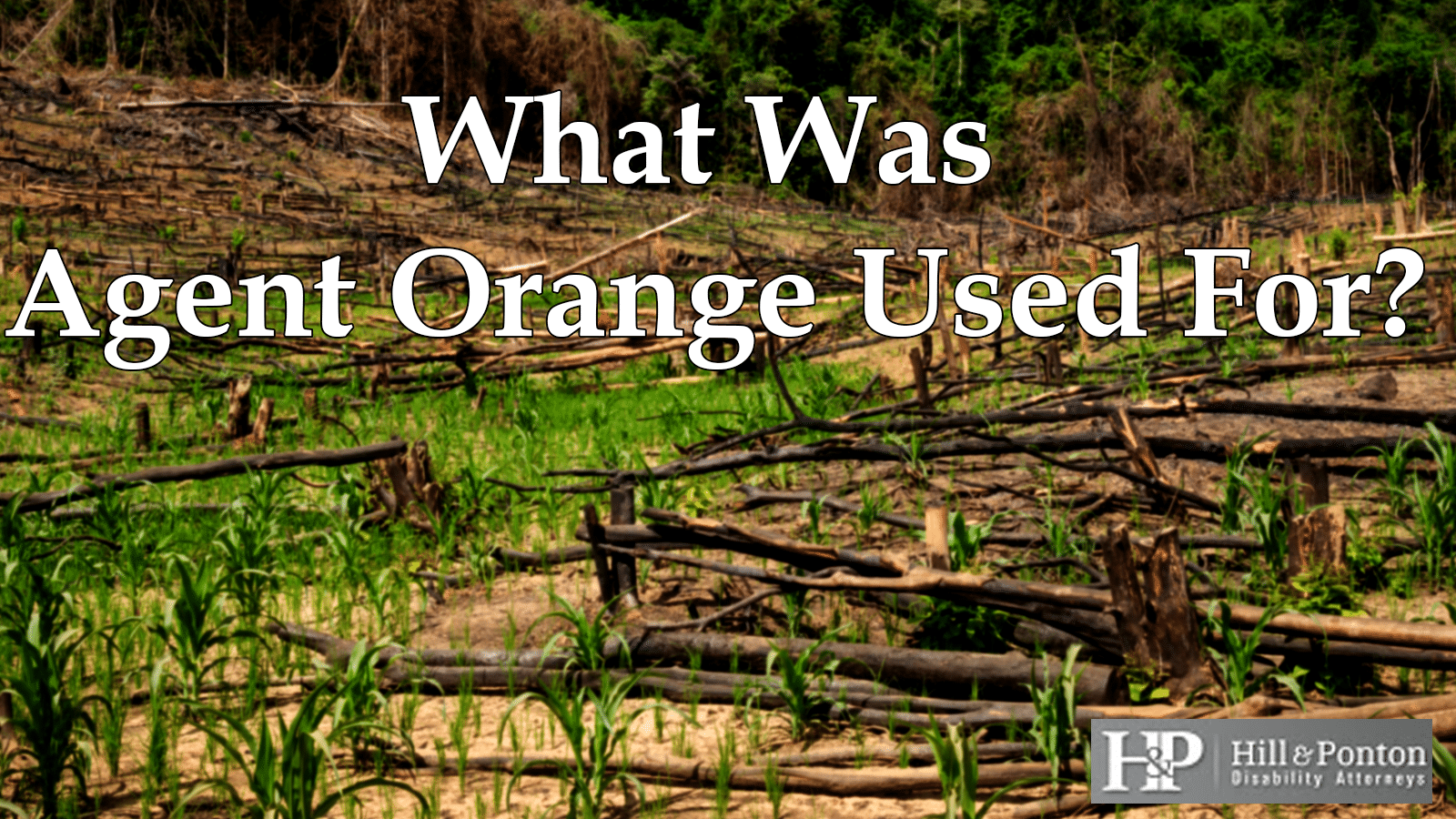



Why Was Agent Orange Used Va Benefits Hill Ponton P A




First Agent Orange Now Roundup What S Monsanto Up To In Vietnam Ecologist Special Investigation




Vietnamese Woman S Agent Orange Case Thrown Out Of French Court




Donna Lupardo Today We Dedicated The Silverrose Monument At Post 1700 In Endicott Which Honors Vietnam Veterans Affected By Agent Orange T Co rgakarnz
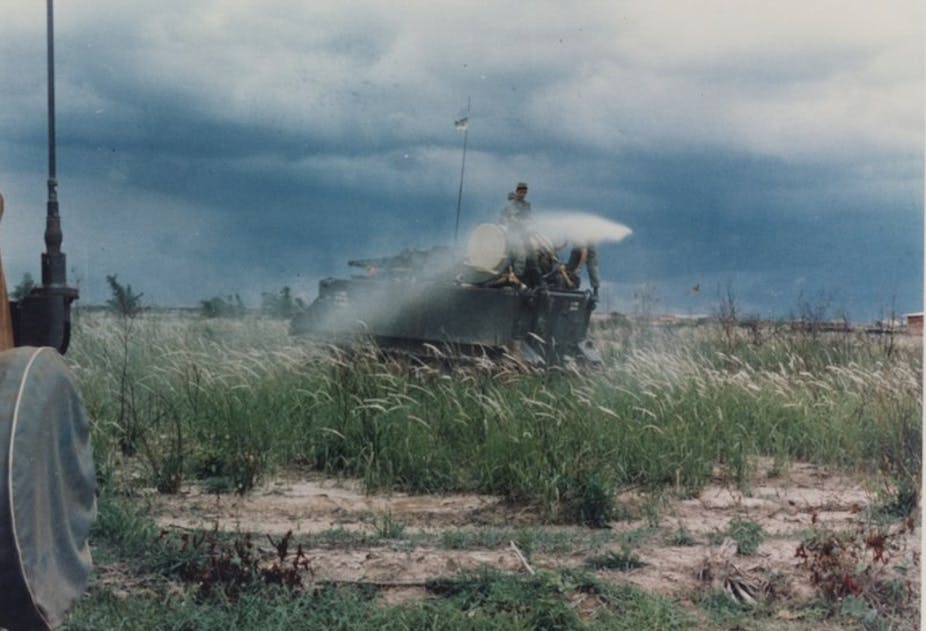



Agent Orange Exposed How U S Chemical Warfare In Vietnam Unleashed A Slow Moving Disaster
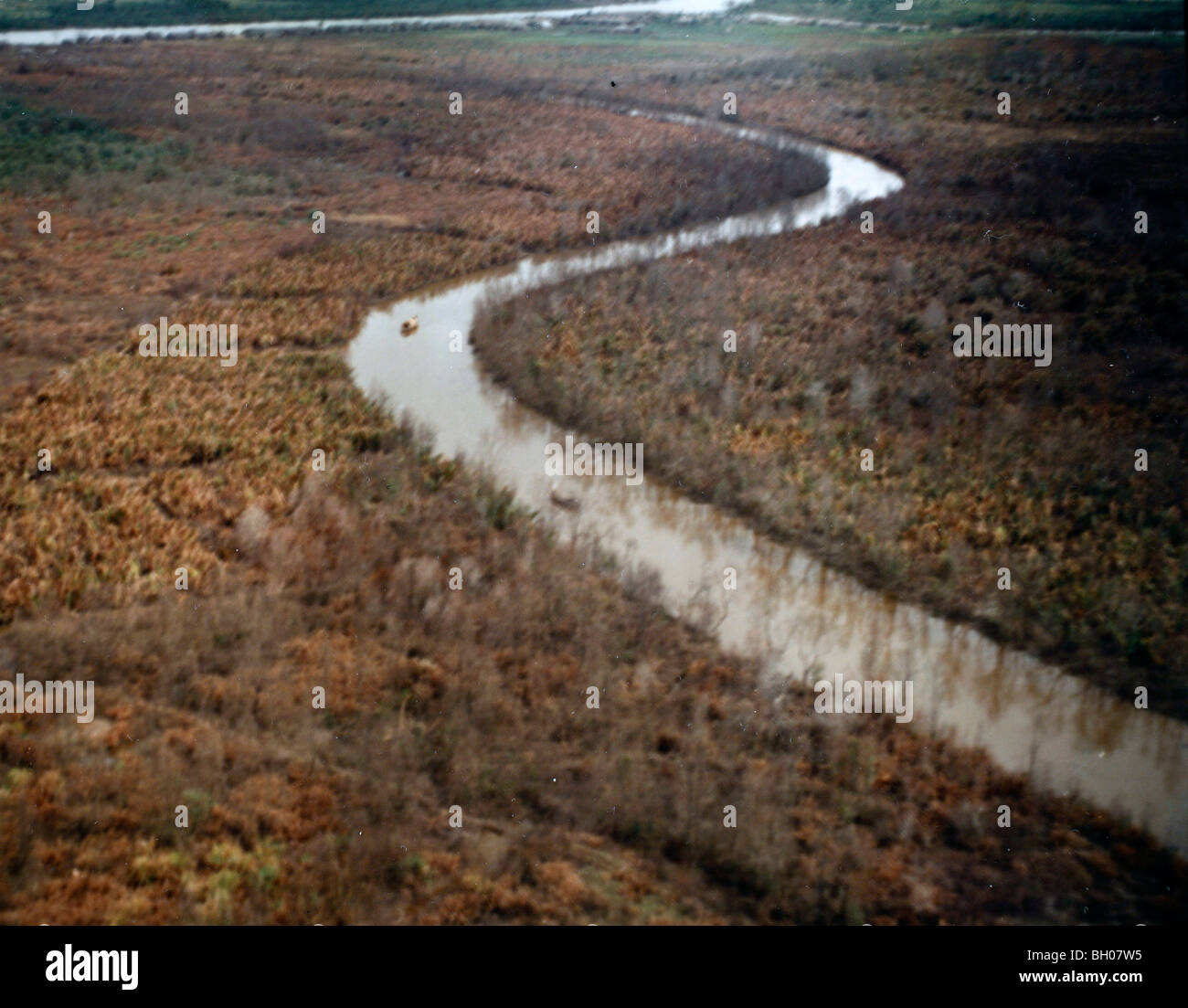



Defoliation Vietnam High Resolution Stock Photography And Images Alamy
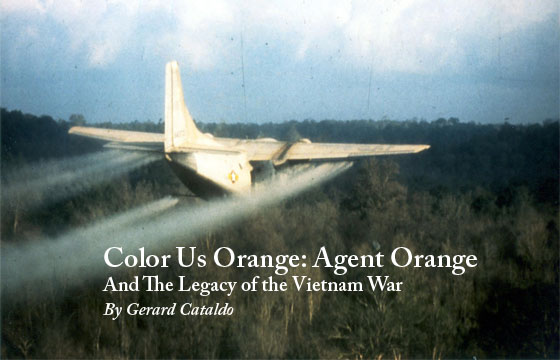



Color Us Orange Agent Orange And The Legacy Of The Vietnam War




Legacies Of Chemical Warfare Cancer Wellness




The Victims Of Agent Orange The U S Has Never Acknowledged The New York Times




Agent Orange History




Agent Orange Wikipedia
/phantom-jet-dropping-napalm-515500880-1d070760c62e46aaabd5bfff1cc0f778.jpg)



Napalm And Agent Orange In The Vietnam War
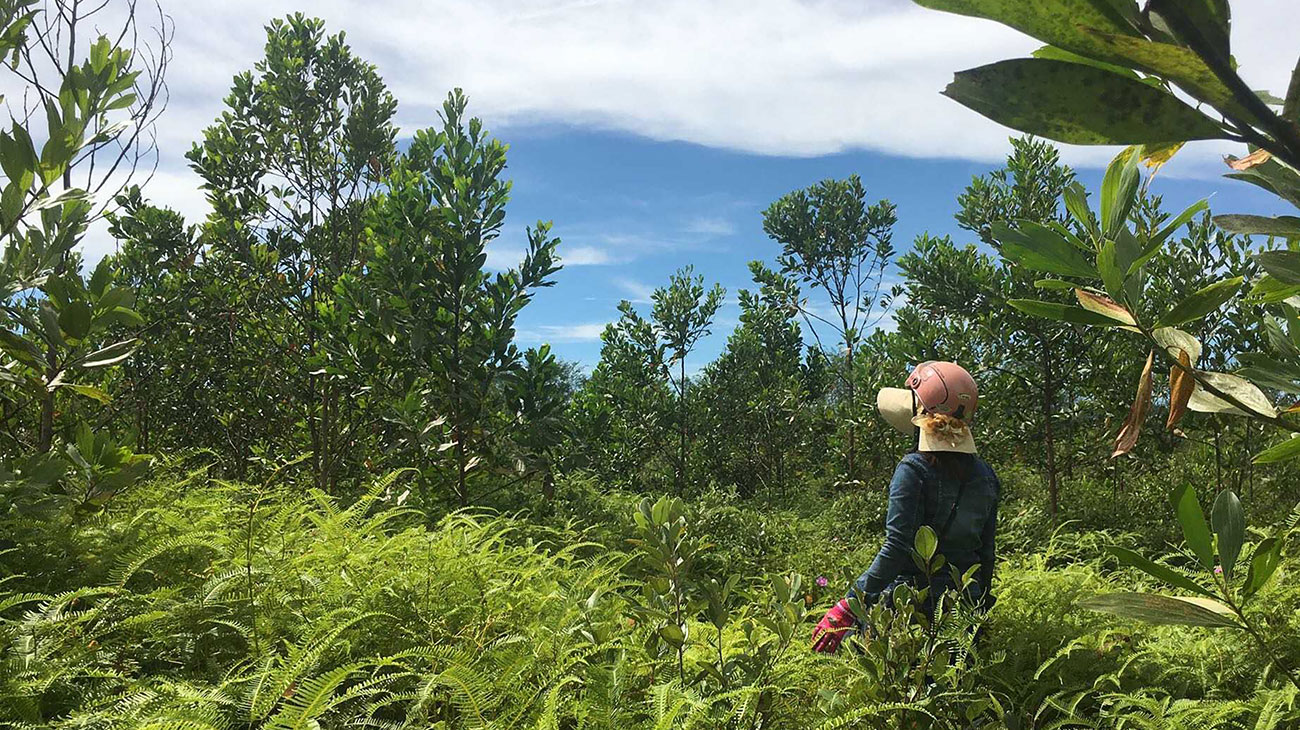



Agent Orange In A Luoi Valley The Architectural League Of New York
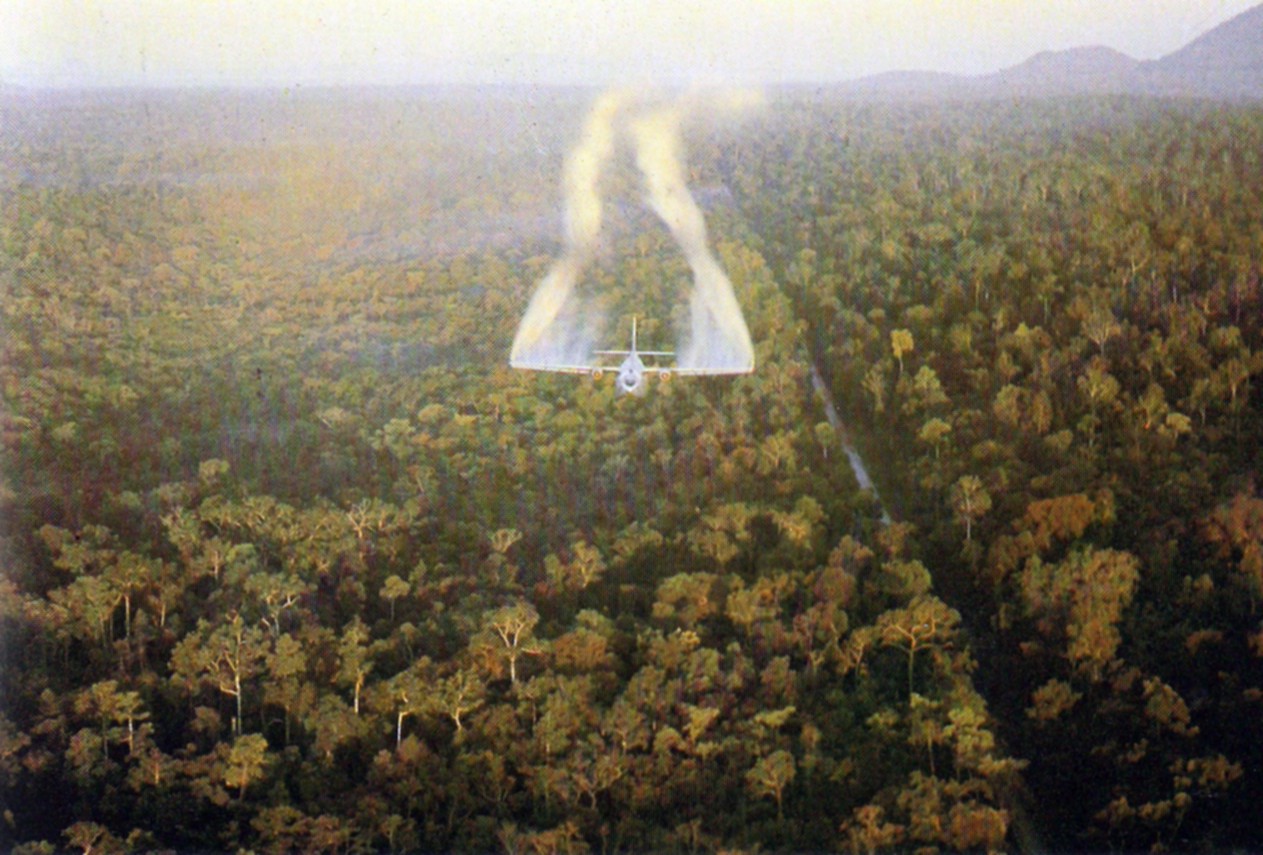



Agent Green Wikipedia
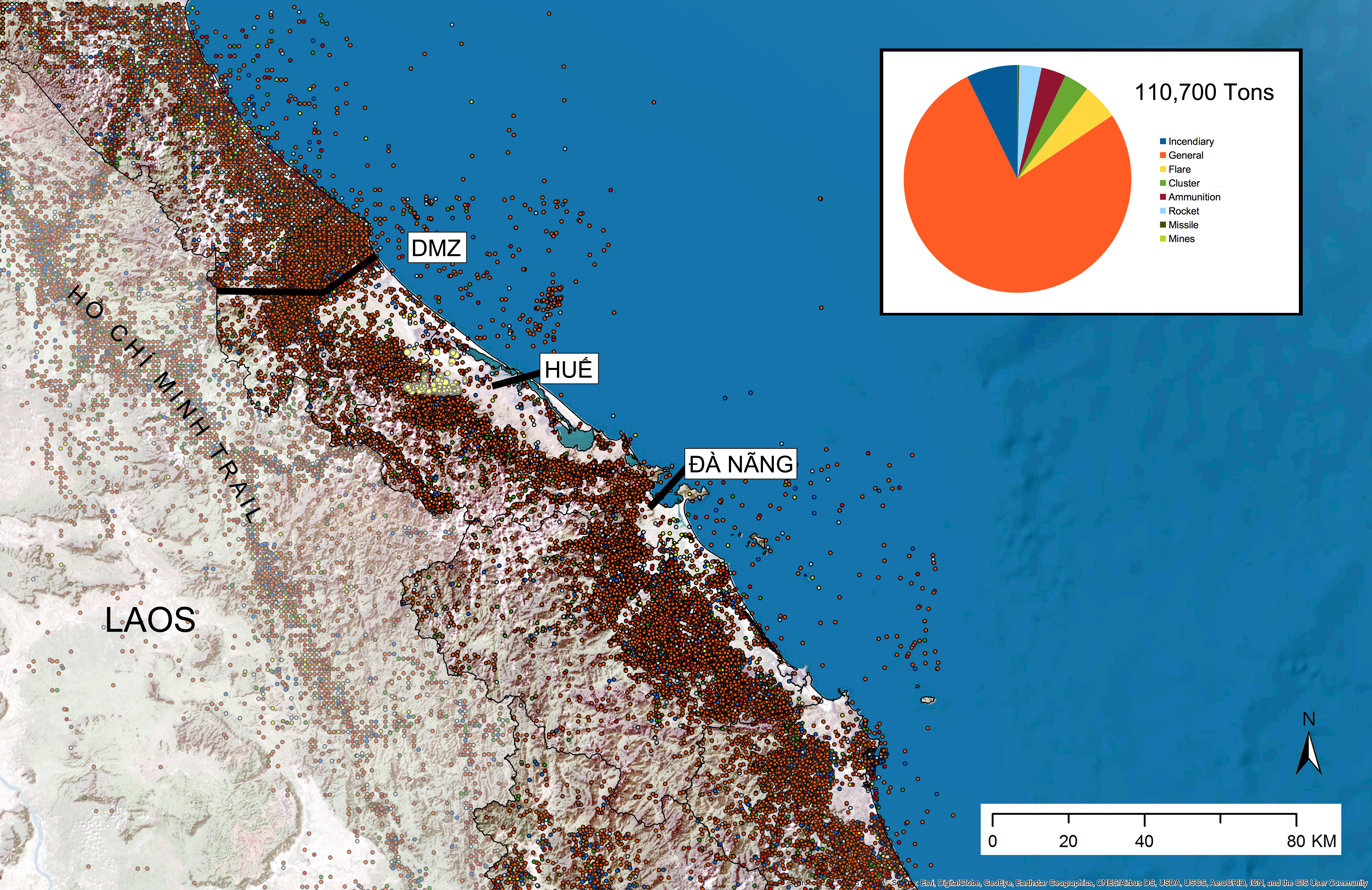



Approaching The Vietnam War From Another Angle News




The Victims Of Agent Orange The U S Has Never Acknowledged The New York Times




Agent Orange Exposed How U S Chemical Warfare In Vietnam Unleashed A Slow Moving Disaster
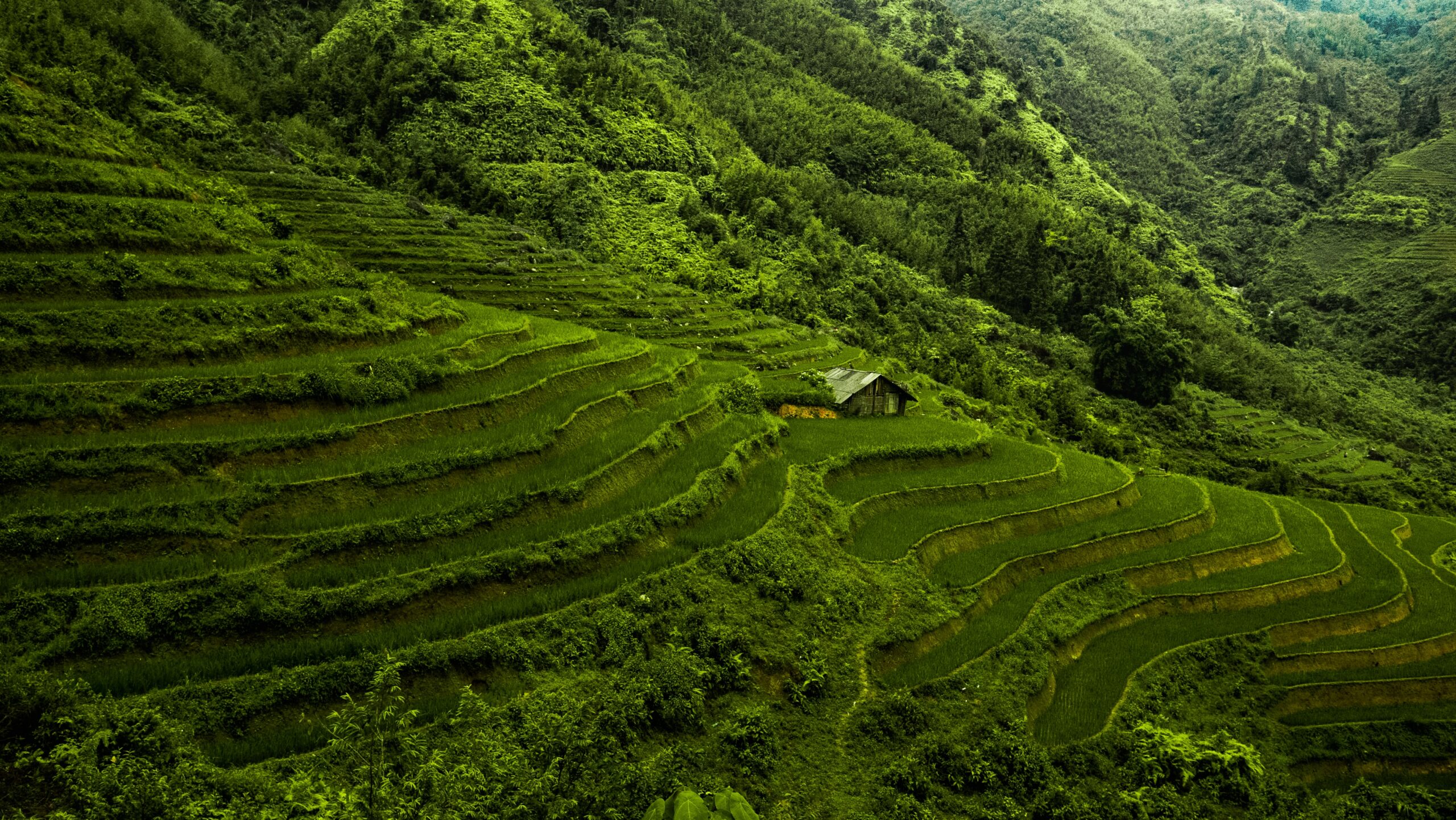



Agent Orange A Chemical Agent rne From The Vietnam War Ouvry Cbrn Protective System




Christopher Hitchens On Agent Orange And Its Continued Destruction In Vietnam Vanity Fair
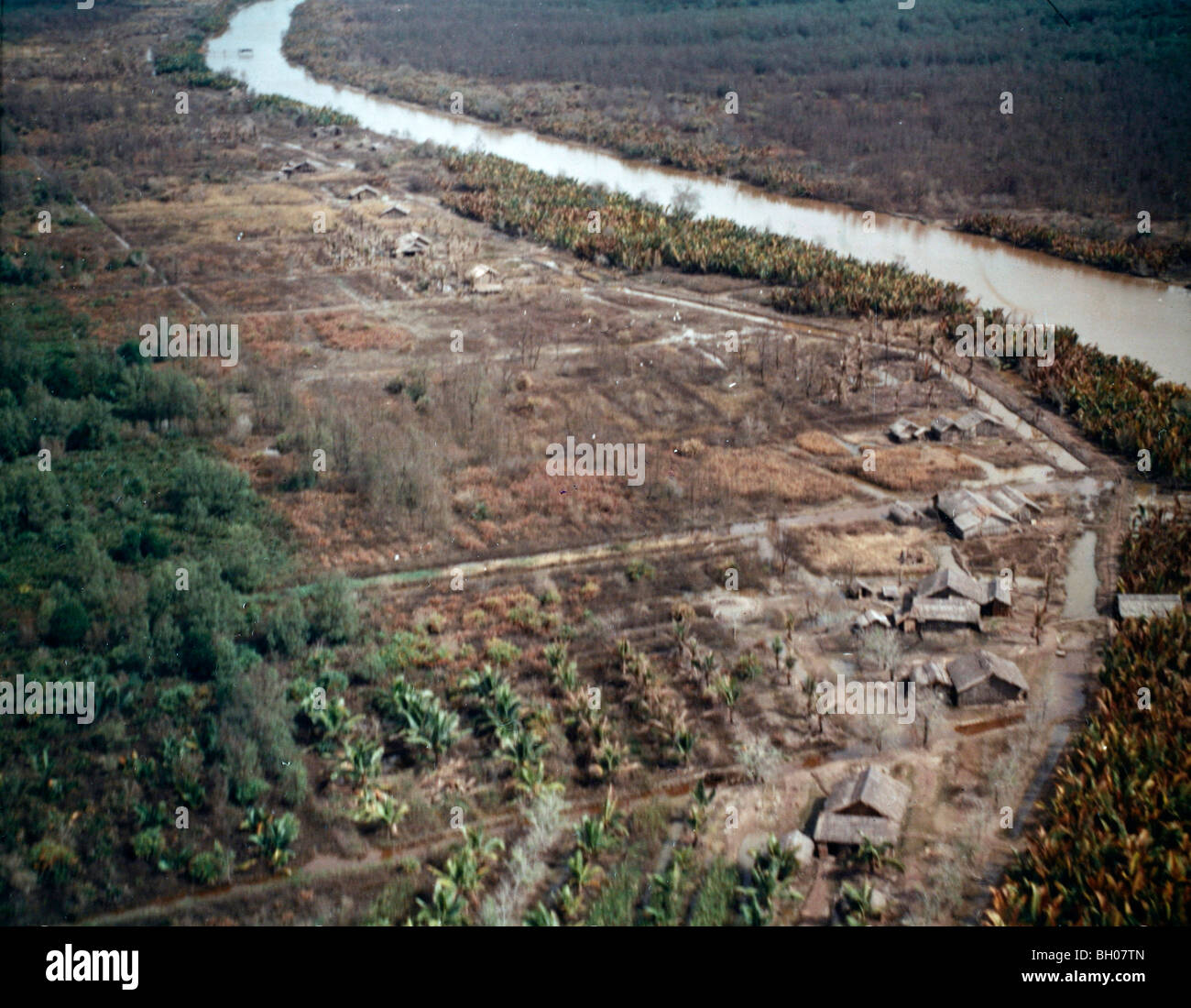



Page 2 Agent Orange Vietnam War High Resolution Stock Photography And Images Alamy




Pin On Vietnam War




Beyond Pesticides Daily News Blog Blog Archive Deadly Dioxin An Agent Orange By Product Continues To Contaminate Vietnam Beyond Pesticides Daily News Blog




Exposure To Agent Orange A Case Of Ecocide Vietnam Ejatlas



1



The Origins Of Ecocide Revisiting The Ho Chi Minh Trail In The Vietnam War Environment Society Portal




Fifty Years After A Daunting Cleanup Of Vietnam S Toxic Legacy Yale 60




Surviving Vietnam Agent Orange And Diabetes Health Beat Spectrum Health
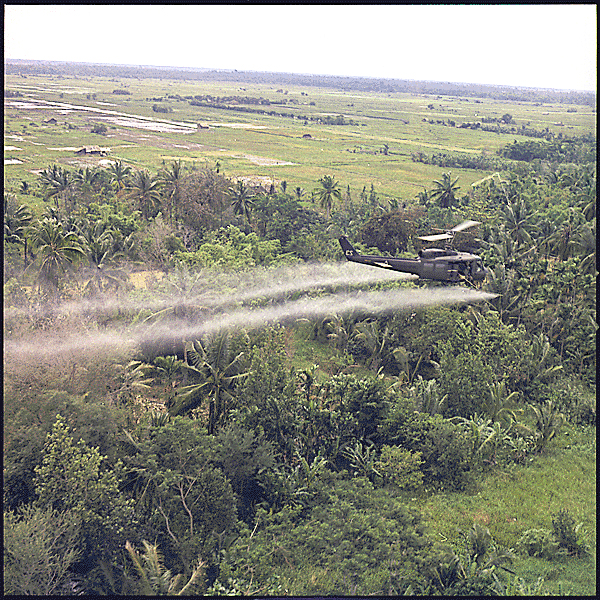



Agent Orange Exposure Locations Public Health




Approaching The Vietnam War From Another Angle News
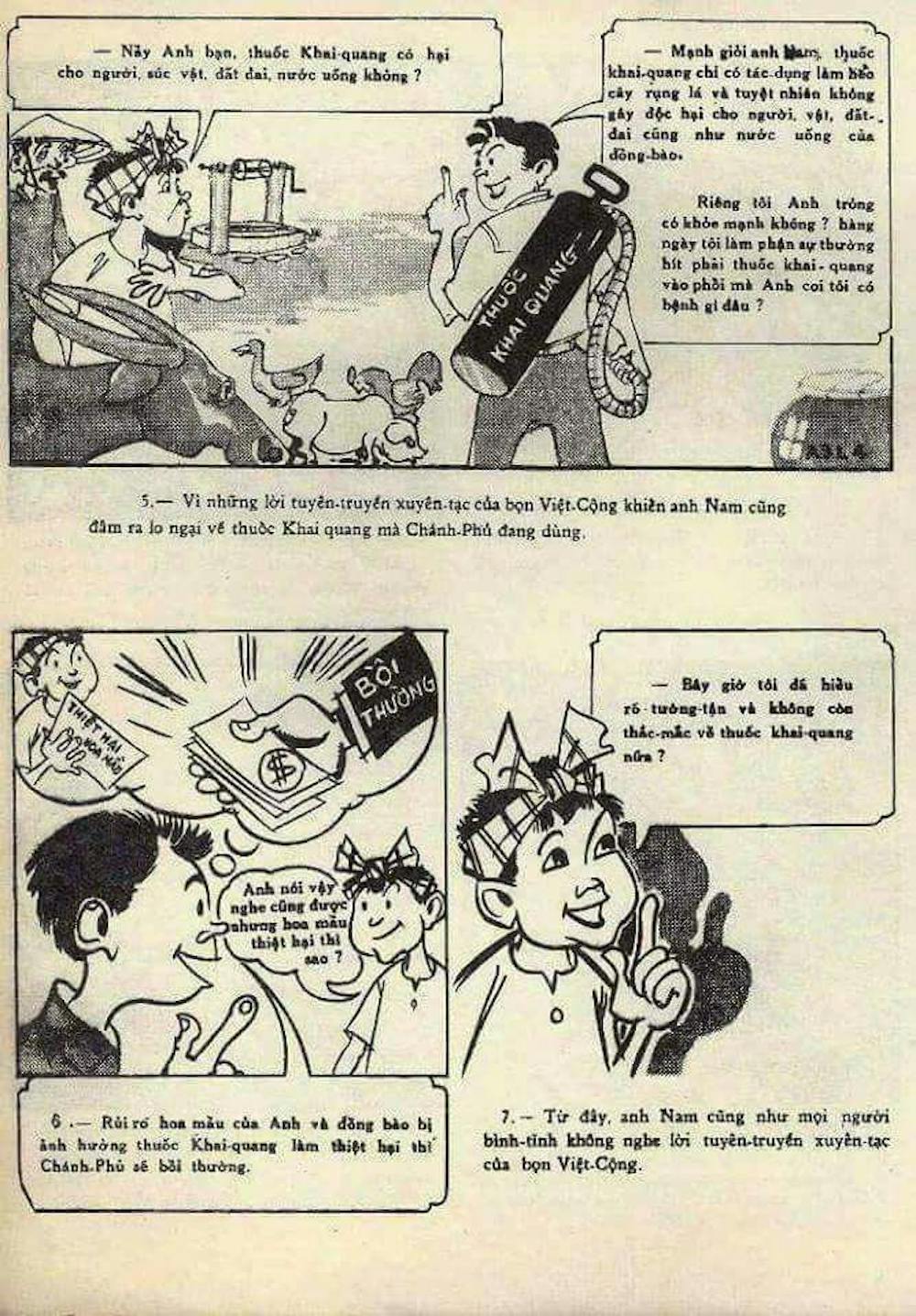



Agent Orange Exposed How U S Chemical Warfare In Vietnam Unleashed A Slow Moving Disaster




The Victims Of Agent Orange The U S Has Never Acknowledged The New York Times



1




During Vietnam Agent Orange Got Arkansas Trial Veterans And Locals Still Haunted By Exposure Fears Arkansas Public Media



The Origins Of Ecocide Revisiting The Ho Chi Minh Trail In The Vietnam War Environment Society Portal




Agent Orange Exposed How U S Chemical Warfare In Vietnam Unleashed A Disaster The National Interest
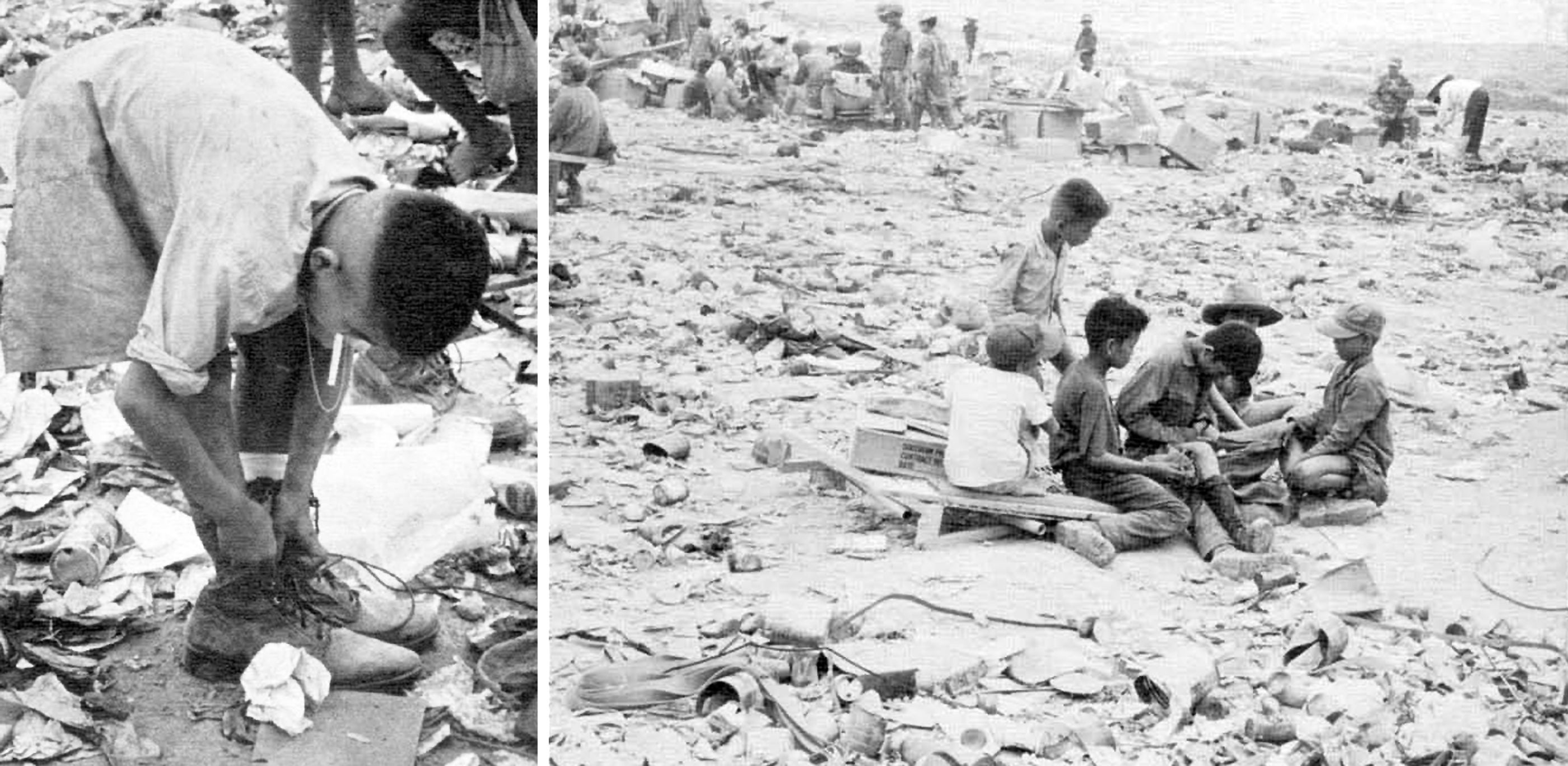



Approaching The Vietnam War From Another Angle News
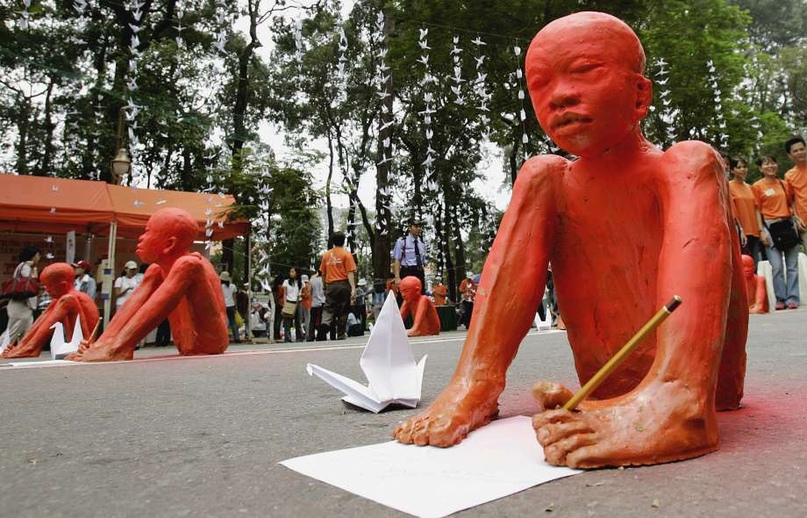



Toxic Byproducts Of Agent Orange Still A Hazard For Vietnam Orissapost
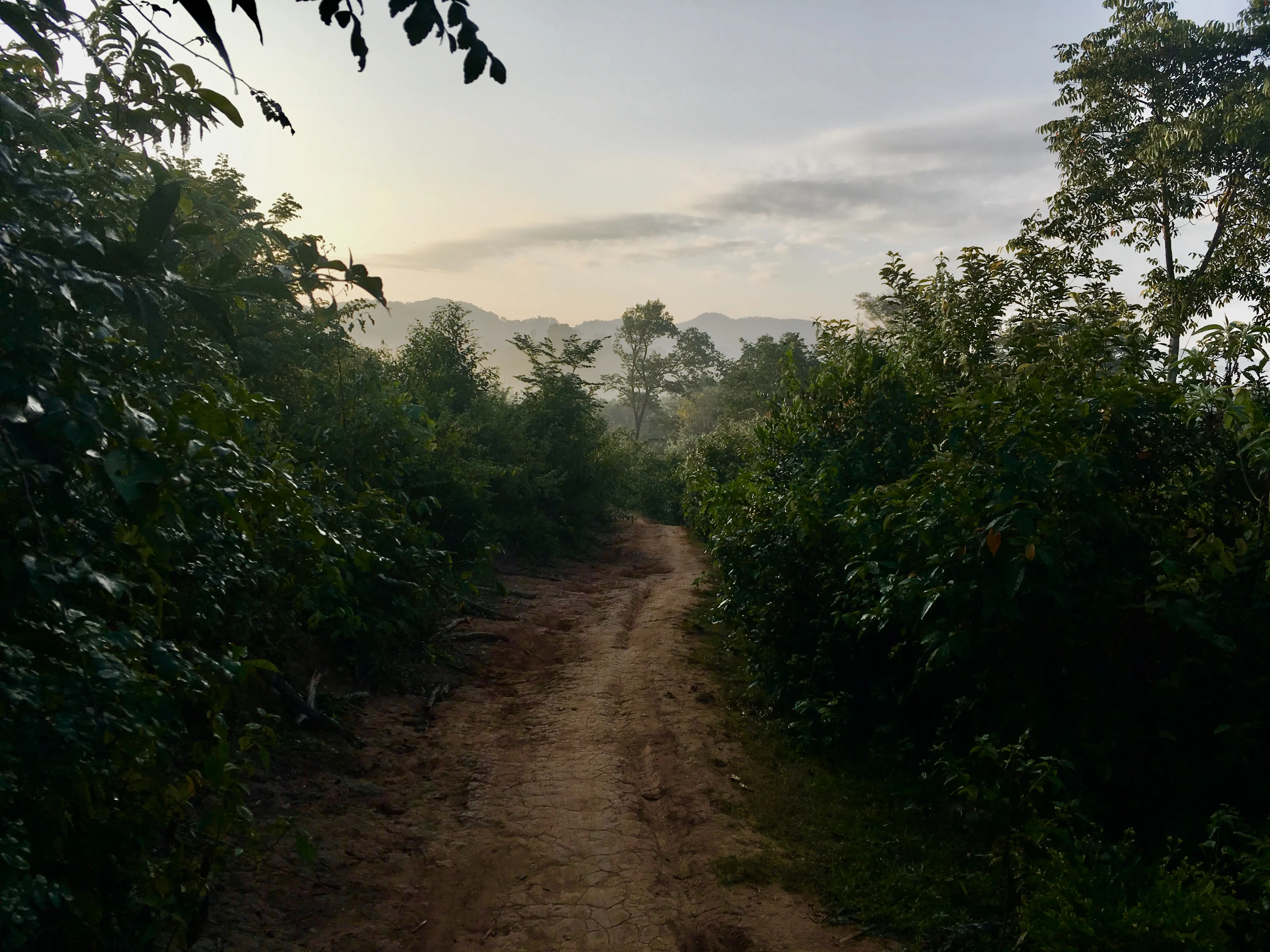



The Victims Of Agent Orange The U S Has Never Acknowledged Pulitzer Center
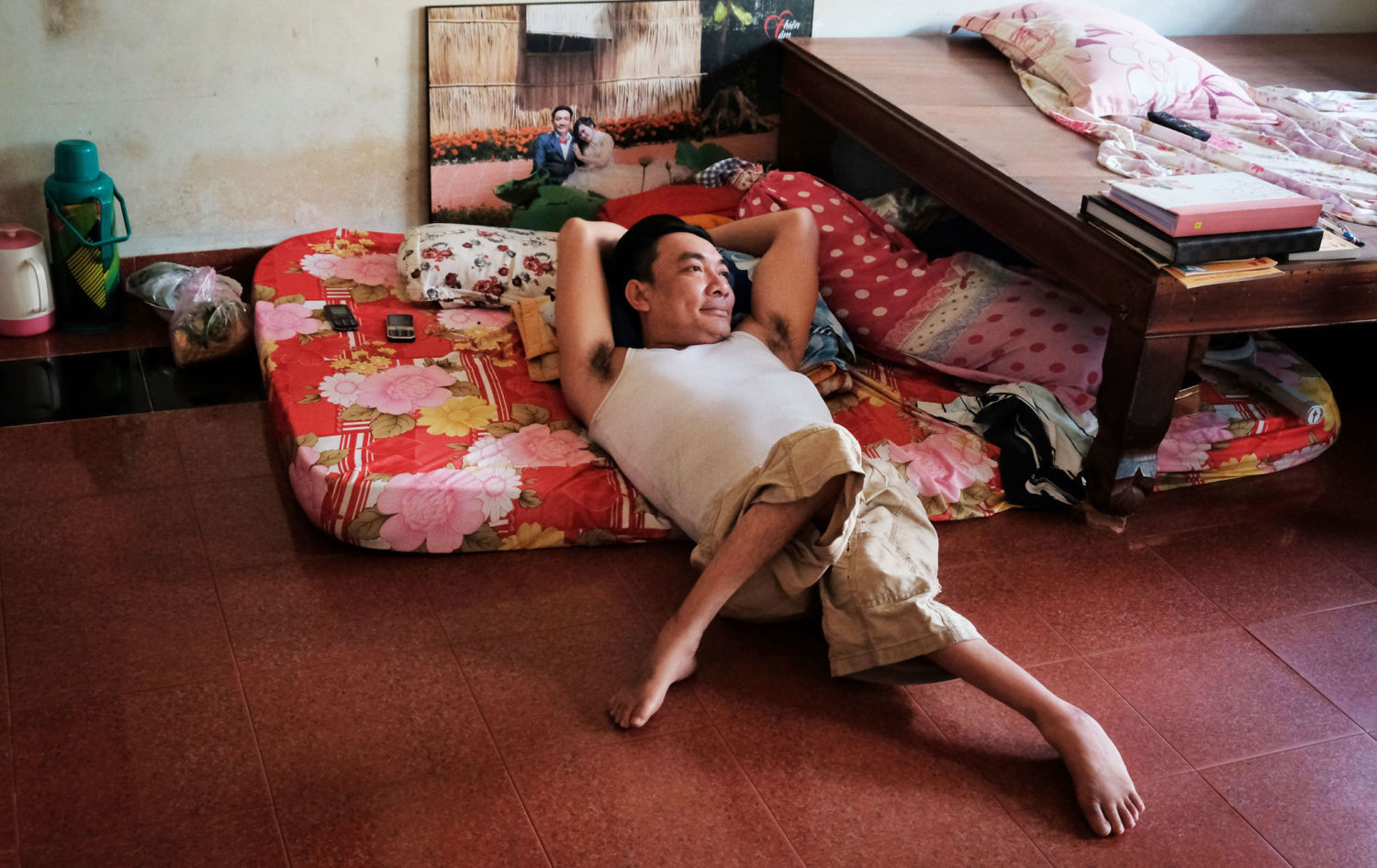



Fifty Years After A Daunting Cleanup Of Vietnam S Toxic Legacy Yale 60




Vietnam War S Fearsome Legacy Leaves Scars Not Only For Veterans But Their Children As Well Local News Greensboro Com




Agent Orange Wasn T The Only Deadly Chemical Used In Vietnam History



The Shocking Health Effects Of Agent Orange Now A Legacy Of Military Death




Bring Light Campaign Honors Agent Orange Vietnam Vets Life Culture News Richlandsource Com




The Effects Of Agent Orange The Gift That Keeps On Giving Olih Photography
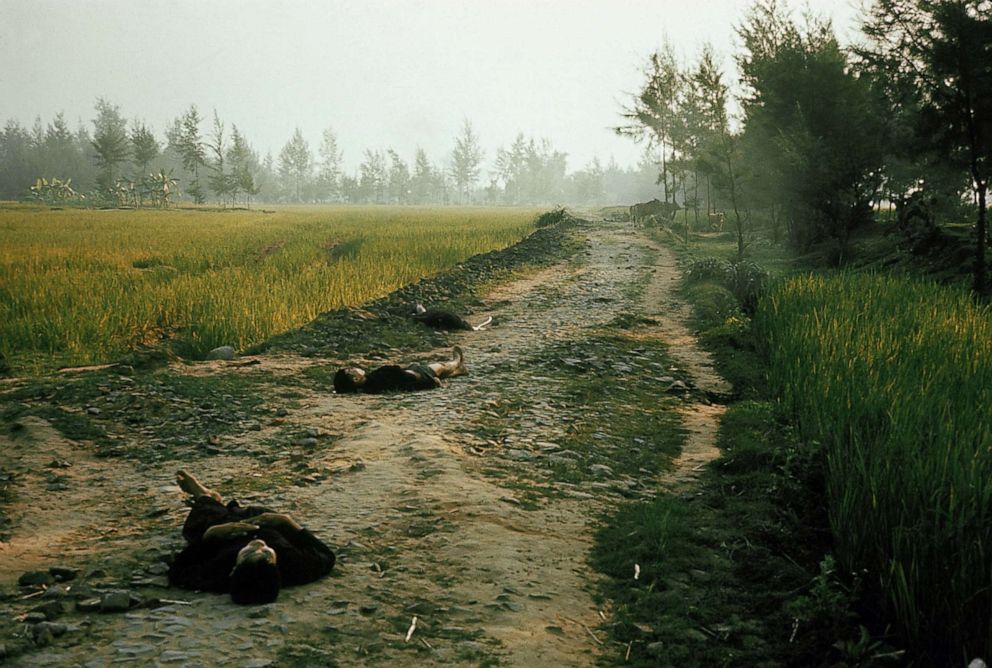



Vietnam War Photographer On Taking My Lai Massacre Photos It Was Just Unreal Abc News




Agent Orange And The Toxic Nature Of War Steemit



Q Tbn And9gcslinkw79o8svbz2zkxa6btkvzznnzphzbdjrhp4v3ovmsyt6nu Usqp Cau
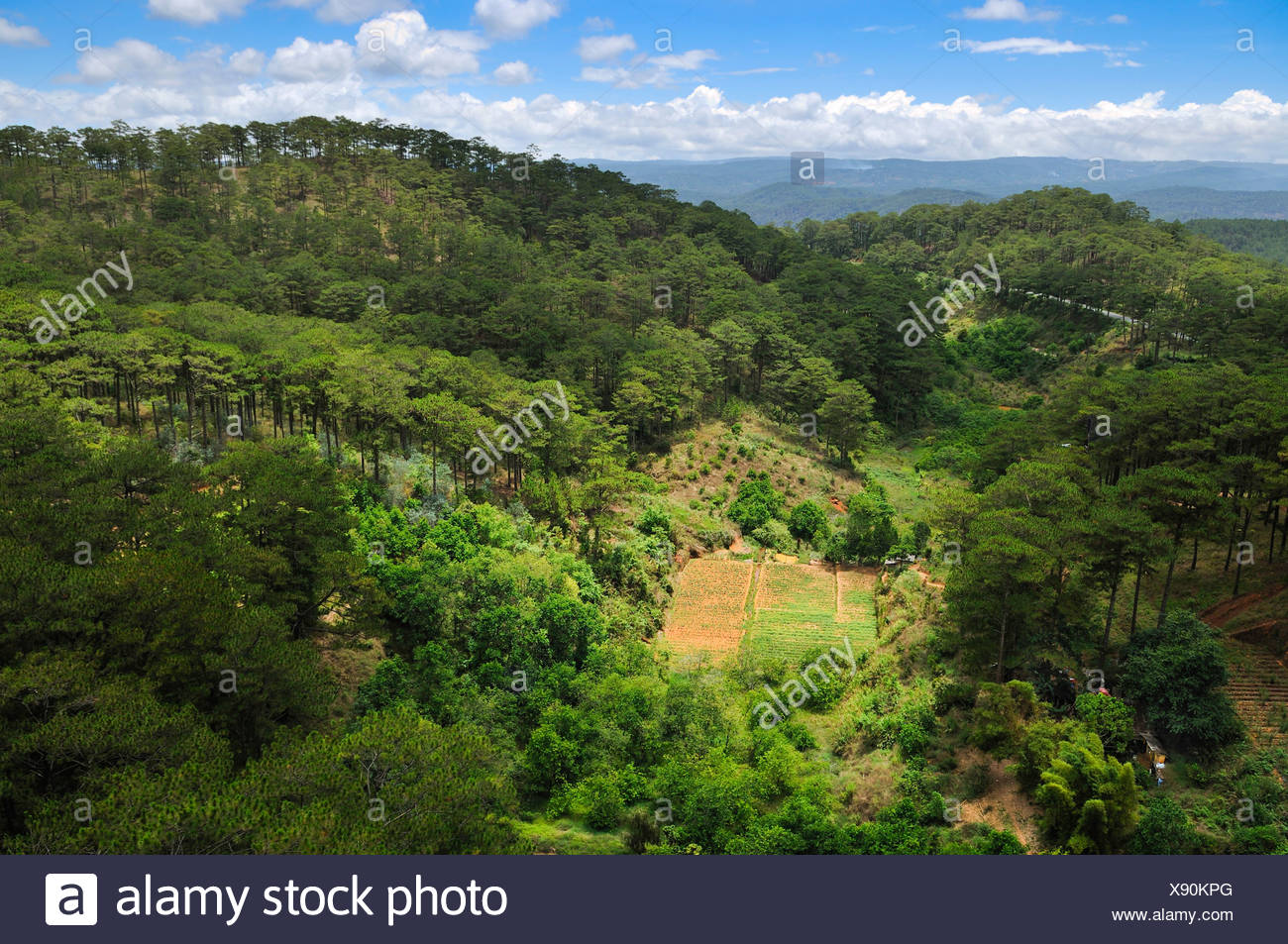



Agent Orange Vietnam War High Resolution Stock Photography And Images Alamy




Nature 50 Years After The Us Army Sprayed Agent Orange Over Vietnam The Wildlife Is Fighting Back The Sunday Times Magazine The Sunday Times
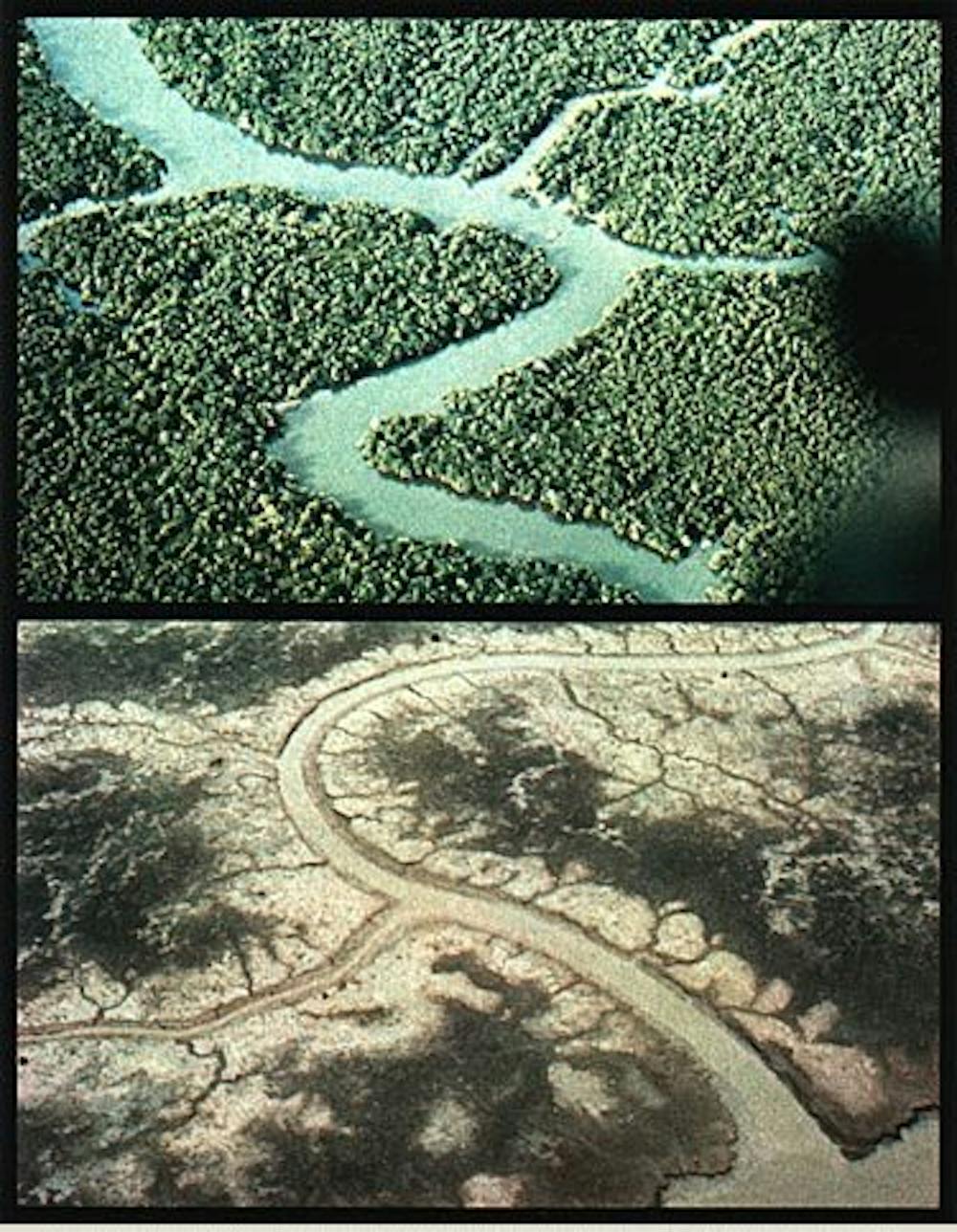



Agent Orange Exposed How U S Chemical Warfare In Vietnam Unleashed A Slow Moving Disaster




Agent Orange S Lethal Legacy For U S A Record Of Neglect Chicago Tribune




At The Heart Of The Vietnam War Herbicides Napalm And Bulldozers Against The A Lưới Mountains
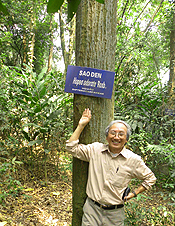



In War Scarred Landscape Vietnam Replants Its Forests Yale 60
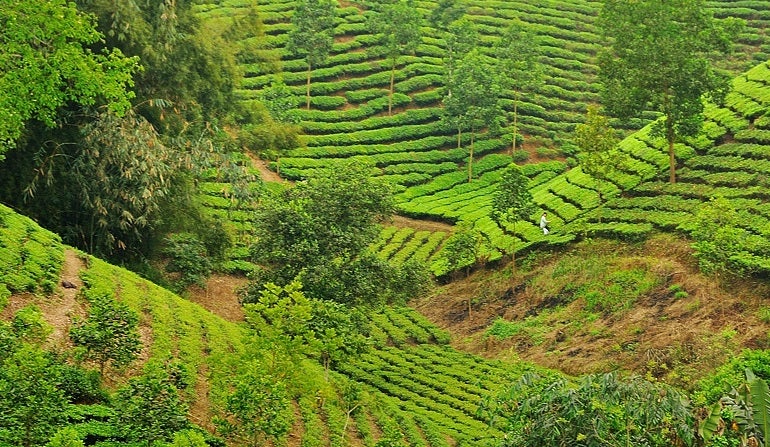



The Agent Orange In Vietnam Program The Aspen Institute
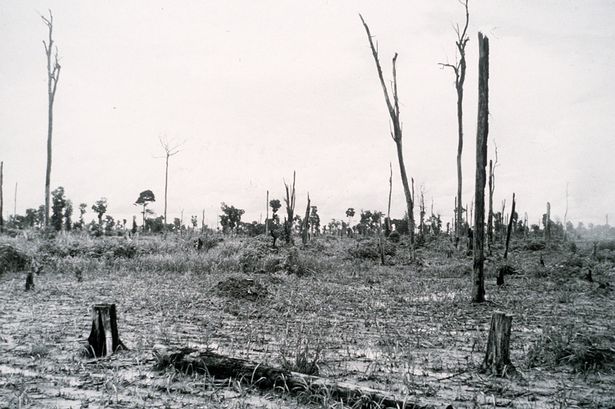



Vietnam War By Worrallr On Emaze




Agricultural Cultivated Area On Agent Orange Land Which Was Contaminated With Defoliant During The Stock Photo Picture And Rights Managed Image Pic Ibr Agefotostock




The Victims Of Agent Orange The U S Has Never Acknowledged The New York Times




50 Years Later A Daunting Cleanup Of The Vietnam War S Toxic Legacy Continues Pbs Newshour




Exposure To Agent Orange A Case Of Ecocide Vietnam Ejatlas




The Victims Of Agent Orange The U S Has Never Acknowledged The New York Times




Vietnam Still Suffering With Pollutants From Agent Orange Technology Networks




Agent Orange Diseases And Symptoms Breakdown Hill Ponton P A



Q Tbn And9gctogvkrt Monkd3ivtjnmrejcb6cxpiqvnwv4rxhsllx2v Qdms Usqp Cau




Memorial Honoring Vietnam War Veterans On Oregon Capitol Grounds Moves Forward Salem Reporter




Agent Orange Diseases And Symptoms Breakdown Hill Ponton P A




Orion Magazine Agent Orange A Chapter From History That Just Won T End




Agent Orange Benefits What Every Veteran Should Know




The Victims Of Agent Orange The U S Has Never Acknowledged The New York Times
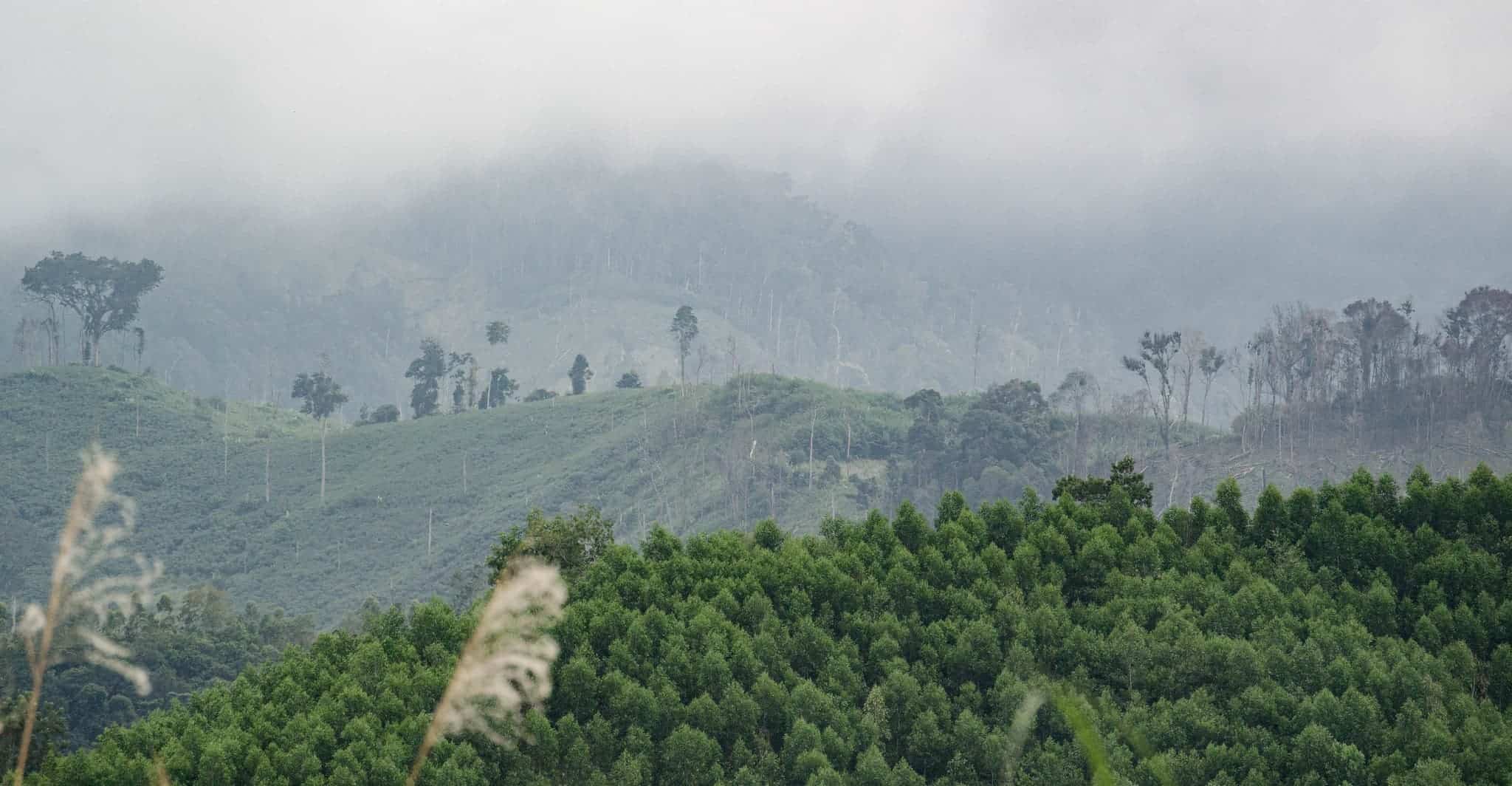



Agent Orange Continues To Pollute Vietnam Environment Study Finds




The Victims Of Agent Orange The U S Has Never Acknowledged The New York Times




Why Agent Orange
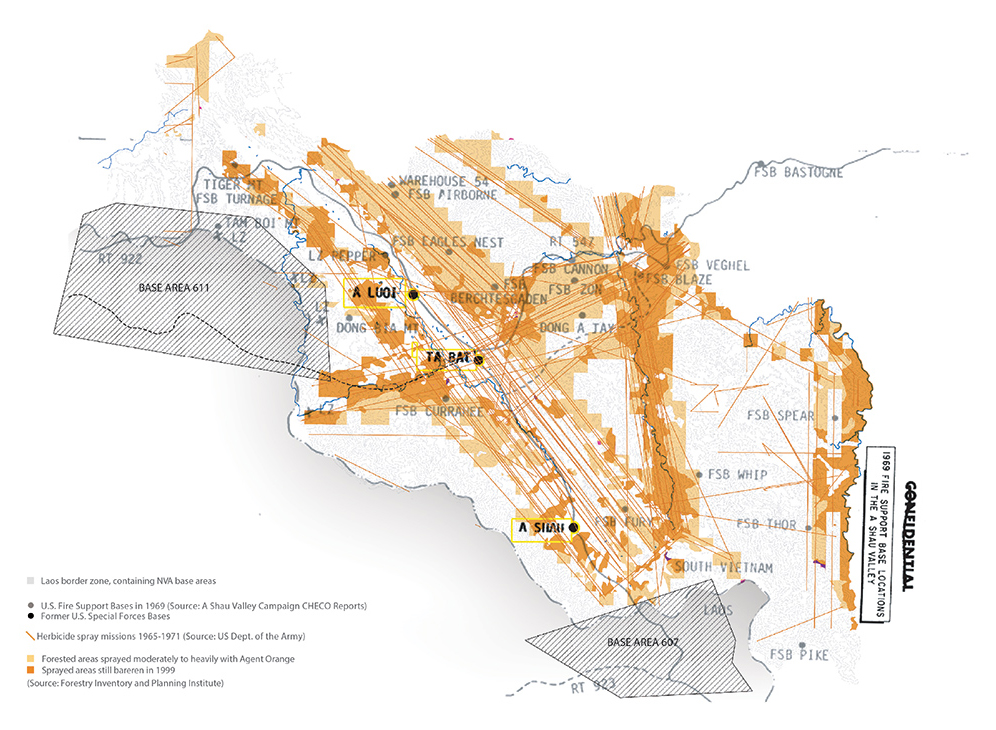



Agent Orange In A Luoi Valley The Architectural League Of New York




The Victims Of Agent Orange The U S Has Never Acknowledged The New York Times




An Agent Orange For Iraq And Afghanistan
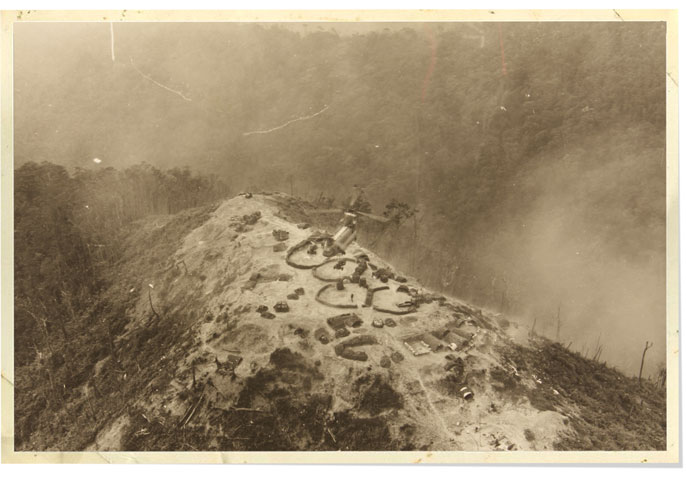



The Vietnam War From Another Angle University Of California



The Terrible Legacy Of Agent Orange And Dioxin Links International Journal Of Socialist Renewal




Agent Orange History




Agent Orange Wasn T The Only Deadly Chemical Used In Vietnam History
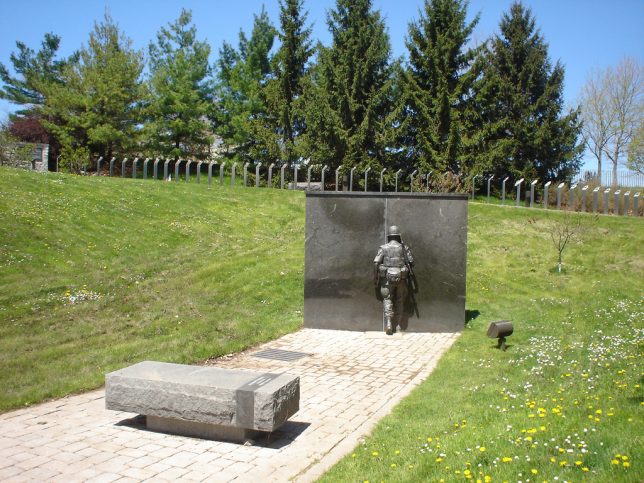



Memorable Memorials 10 Extraordinary War Monuments Urbanist
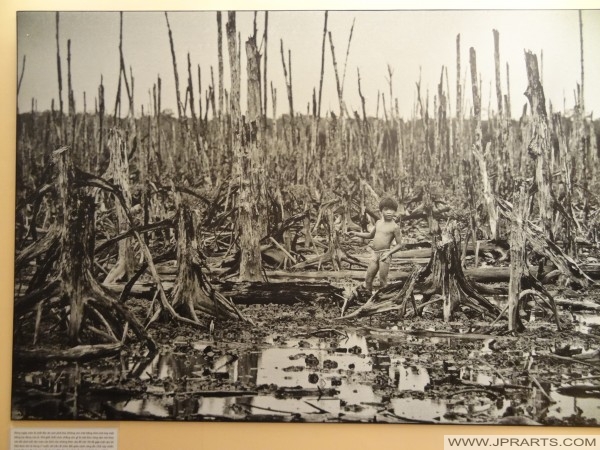



Aftermath Of Using Agent Orange In The Vietnam War Photo In The War Remnants Museum In Ho Chi Minh City Vietnam
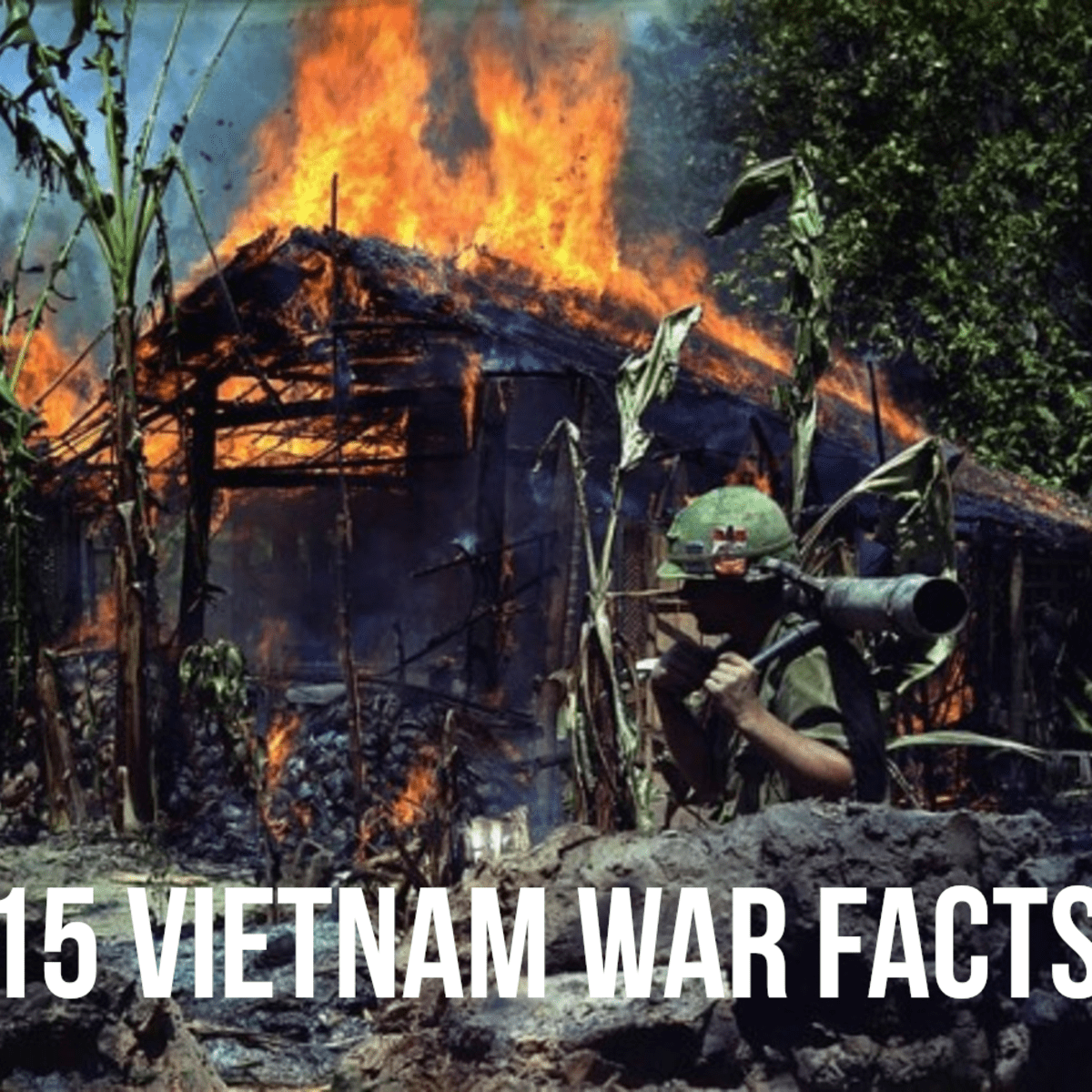



15 Interesting Facts On The Vietnam War Owlcation




The Victims Of Agent Orange The U S Has Never Acknowledged The New York Times




Agent Orange Was Sprayed In 1970 Over The Cu Chi Tunnels Area To Help Download Scientific Diagram
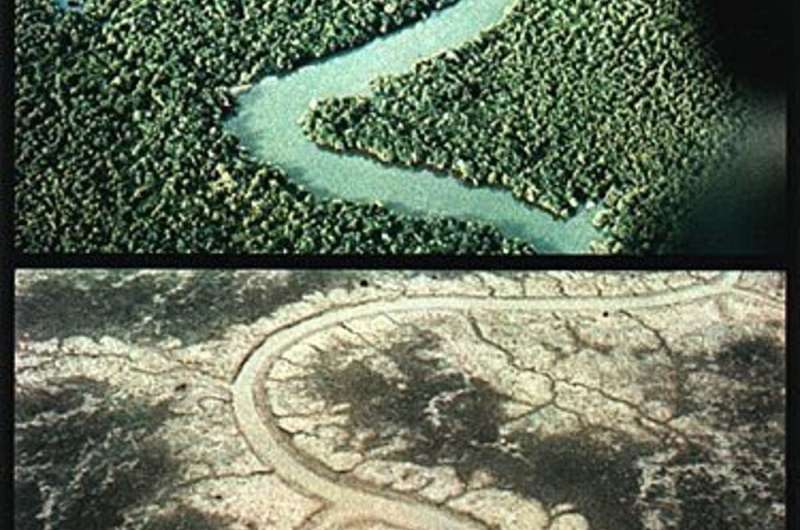



How U S Chemical Warfare In Vietnam Unleashed An Enduring Disaster


